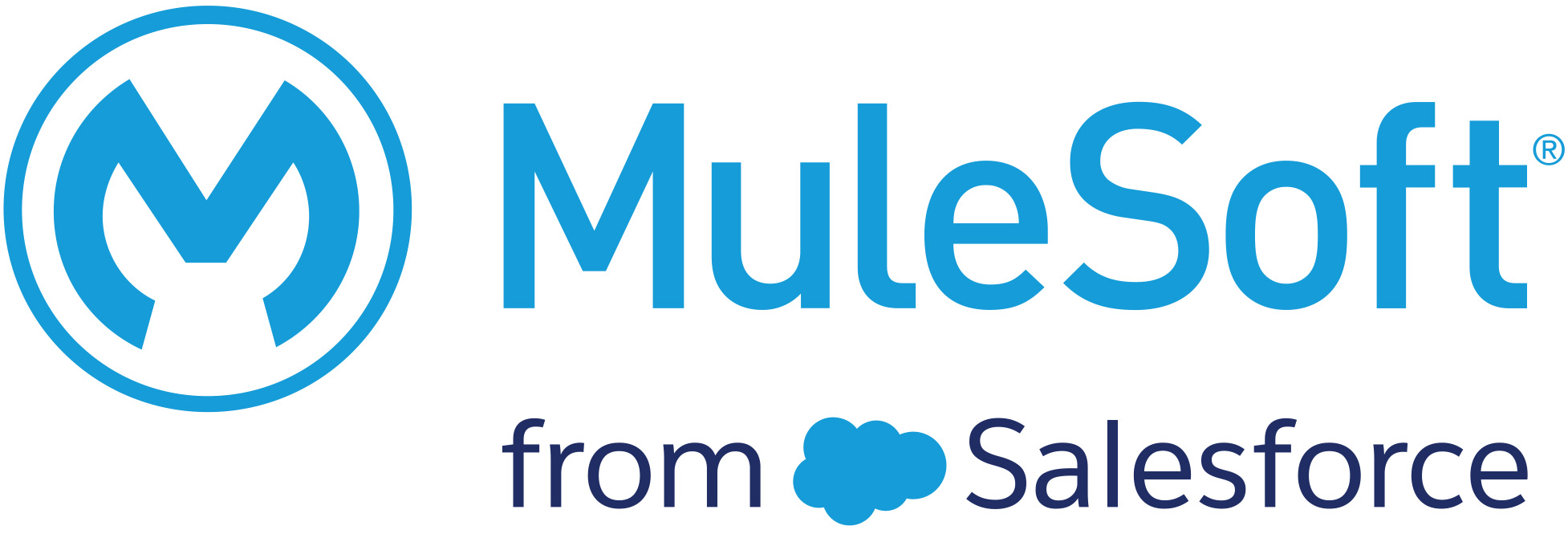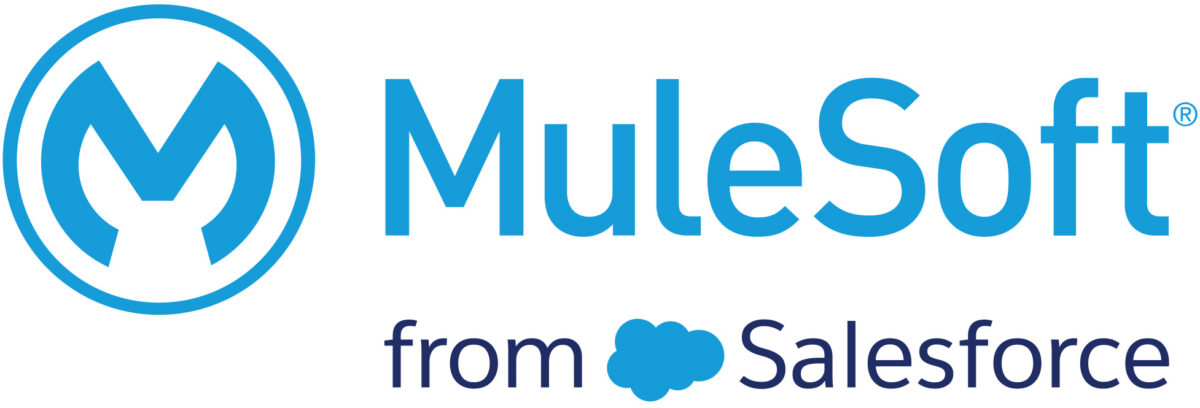The enterprise landscape is changing. Hybrid Integration Platforms or pure cloud–based Integration Platforms are becoming the norm, as companies are looking to keep up with the modern demand for powerful and highly available applications. The old guard of BizTalk, SQL Server Integration Services, and Custom Code are too slow and rigid. In steps Azure Integration Services (AIS). It is Microsoft’s offering for cloud integration resourcing, offering serverless integration resources that provide flexible, cost-effective integration that is significantly easier to manage and maintain. It enables all kinds of enterprises to undergo their own digital transformation, whether that be on-premises, full cloud, or a hybrid of the two. AIS boasts a wide range of tools that companies can leverage to build their Integration Solutions. In this blog, I will be delving into the broad strokes of exactly what these tools are, so anyone new to the AIS world can have a good baseline of what makes AIS special. So, what exactly are those tools?

Azure API Management (APIM)
Azure API Management (APIM) provides a one-stop shop for publishing, hosting, and maintaining APIs. It provides a secure platform that developers can leverage to integrate with your APIs. It offers detailed insights for tracking and is scalable to keep up with demand at any given time. In my experience APIM is often the hub for hosting all APIs used throughout your integration platform. It can also function as a front-end layer for other downstream services, such as logic apps or function apps.
Azure Service Bus
Azure Service Bus is a messaging solution that enables communication between applications. It is highly secure and durable, ensuring no data is lost given any unforeseen issues. It supports a publisher/subscriber model to support event driven architecture, accelerating applications to keep up with modern demands. When I worked with Service Bus, it has often been in a scenario that demands communication between two services where there is a need for durability or message ordering. I have found that Service Bus more than meets these needs.
Azure Logic Apps
Azure Logic Apps is a low code/no code orchestration resource that works as the brain of any given integration. It boasts hundreds of out-of-the-box connectors that enable seamless connectivity with most enterprise applications. Its simple web-based platform makes it easy to develop and support, allowing for high level oversight of all critical integrations. I have found that the strengths of Logic Apps lie in the vast number of in-built connectors, as well as the user-friendly nature of its graphical user interface (GUI). It lends itself to being easy to support by non-technical staff, and an effective orchestrator of other services.
Azure Event Grid
Azure Event Grid delivers events between devices and applications using HTTP based event delivery. It supports the publisher/subscriber model while maintaining a high level of security. It is also scalable to meet demand and reduce excess costs. I have found that Event Grid is like Service Bus in many ways, and provides similar benefits; however, Event Grid is more centered around notifications and lightweight events rather than full messages containing payloads. In these lighter event notification scenarios, Event Grid really shines.
Azure Functions
Azure Functions is a serverless compute platform that can host any given code in a serverless platform. It reduces the need to maintain the infrastructure, and allows the code to build, deploy, and scale at lightning speeds. The low cost and high performance make this a great candidate for microservices that do heavy lifting for other resources. When I work with Azure Functions, it’s often as the worker bee of the AIS suite. Being able to crunch serious amounts of data with complex code makes it an ideal candidate for Microservices in particular.
Azure Data Factory (ADF)
Azure Data Factory (ADF) simplifies hybrid data integration at an enterprise level. It supports extract, transform, and load (ETL) and extract, load, and transform (ELT) processes using low code/no code. With dozens of pre-built connectors, ADF is the all-in-one data transformation tool. ADF is at its best when working with big data that doesn’t require too much complex logic. It can handle large data unlike any of the other previously mentioned services which makes it incredibly valuable in today’s Big Data world.
Conclusion
So now that you know the modules that make up AIS, you can begin to understand why everyone is getting excited about using AIS as their digital transformation partner. Having all these tools within the Azure ecosystem allows for these resources to work in harmony in a secure, scalable, but powerful way. Combining these tools allows enterprises to create a modern integration solution that is greater than the sum of its parts. Having personally worked with AIS with multiple clients for over 3 years, I can confidently say that the suite of tools provided can create modern and efficient solutions to meet any enterprise needs.



















